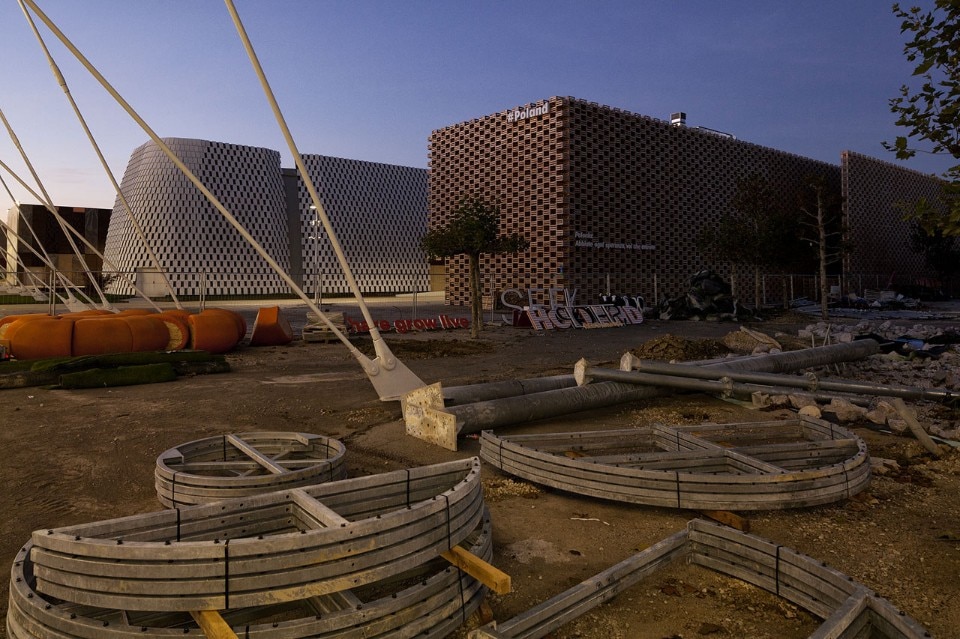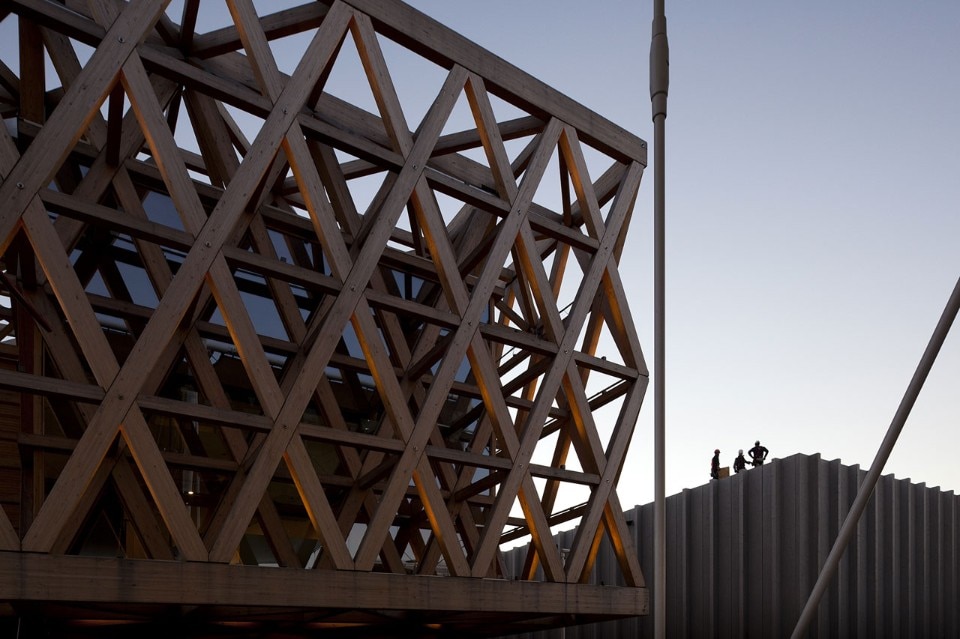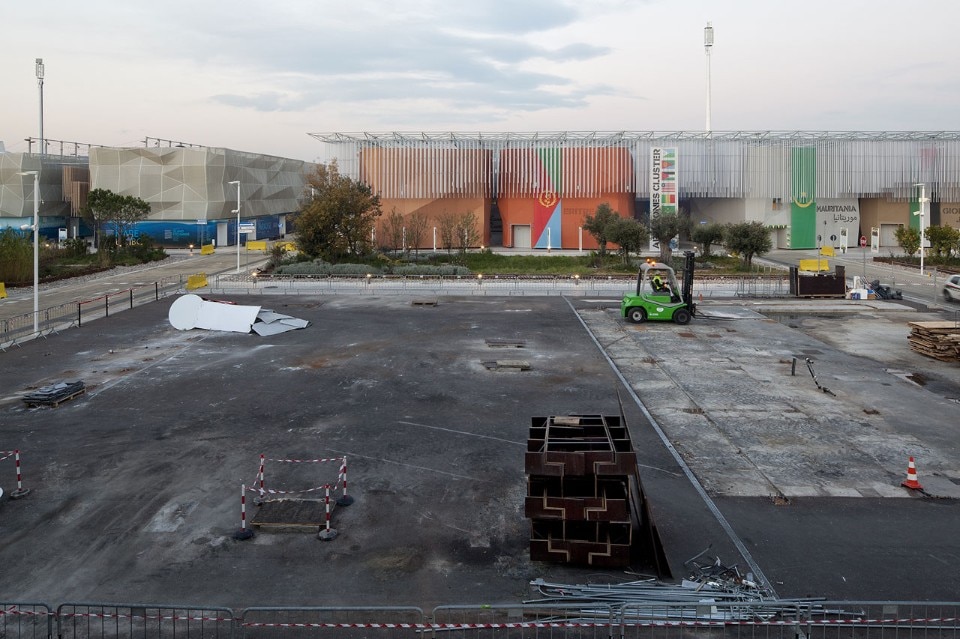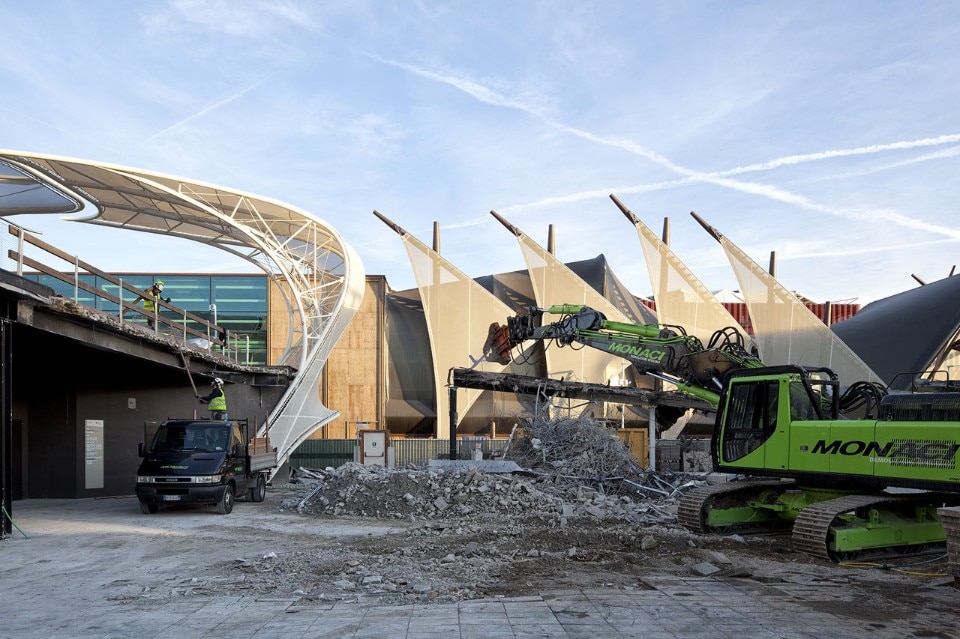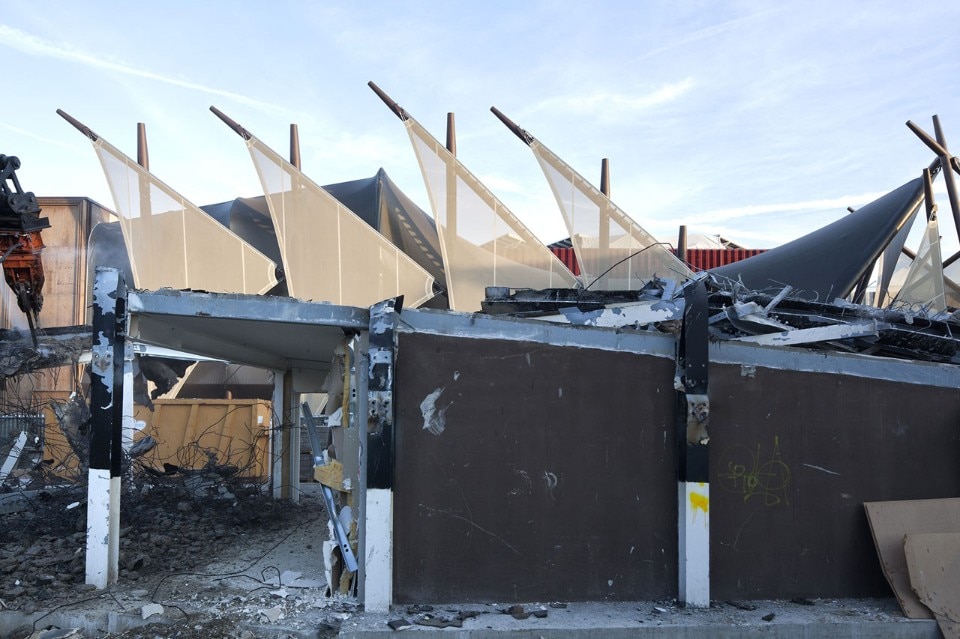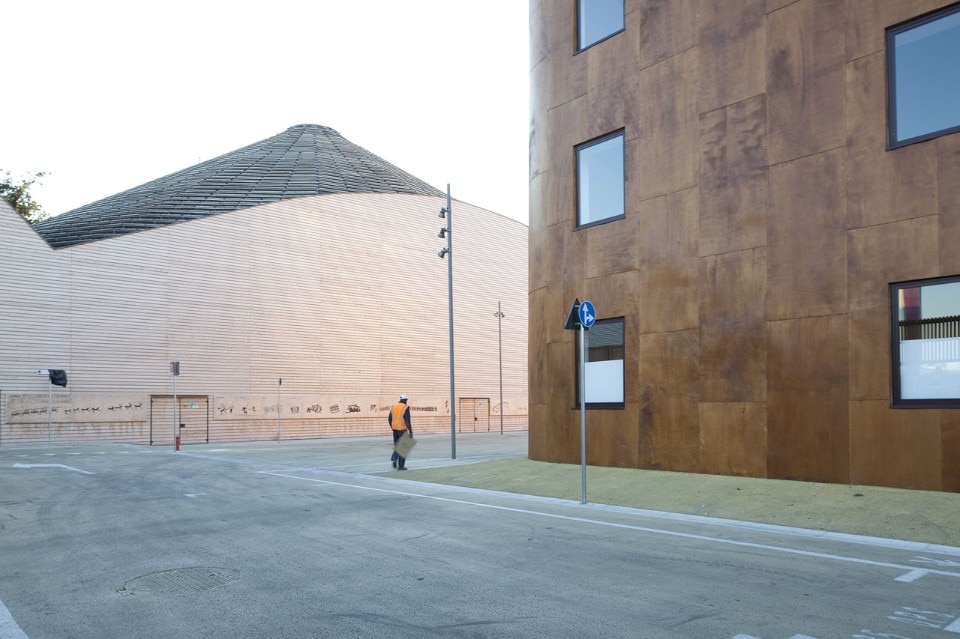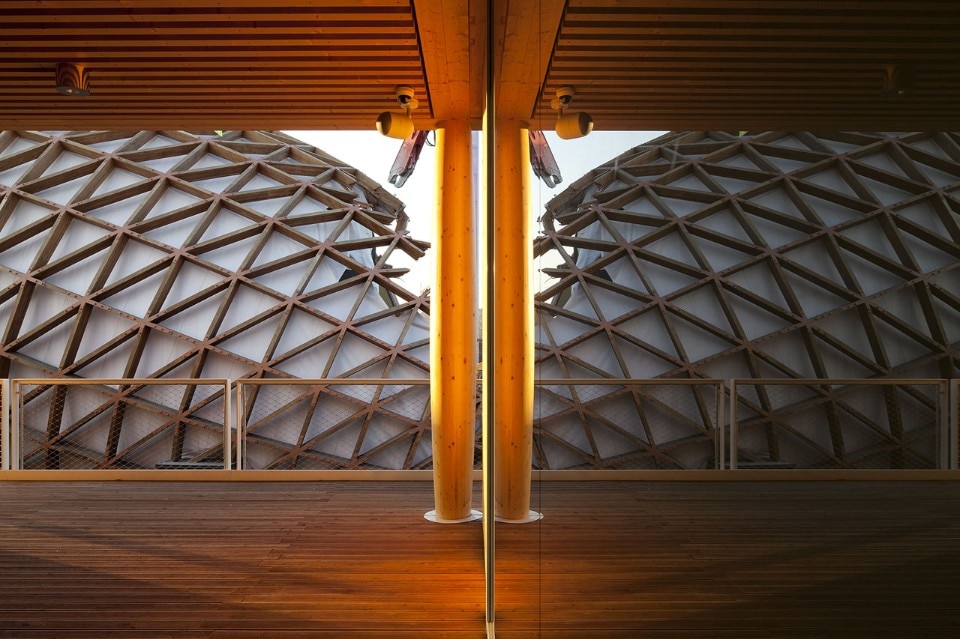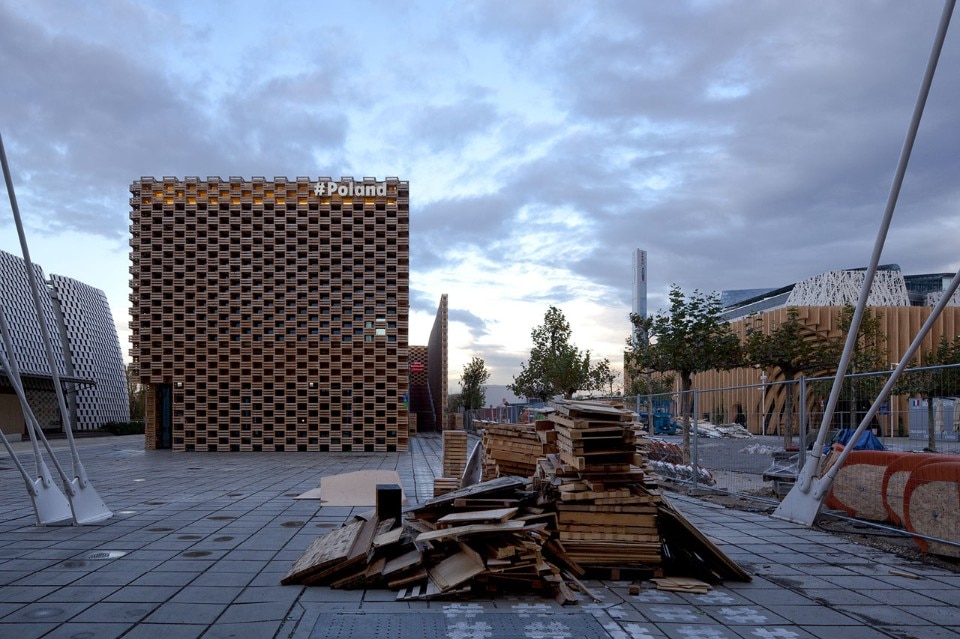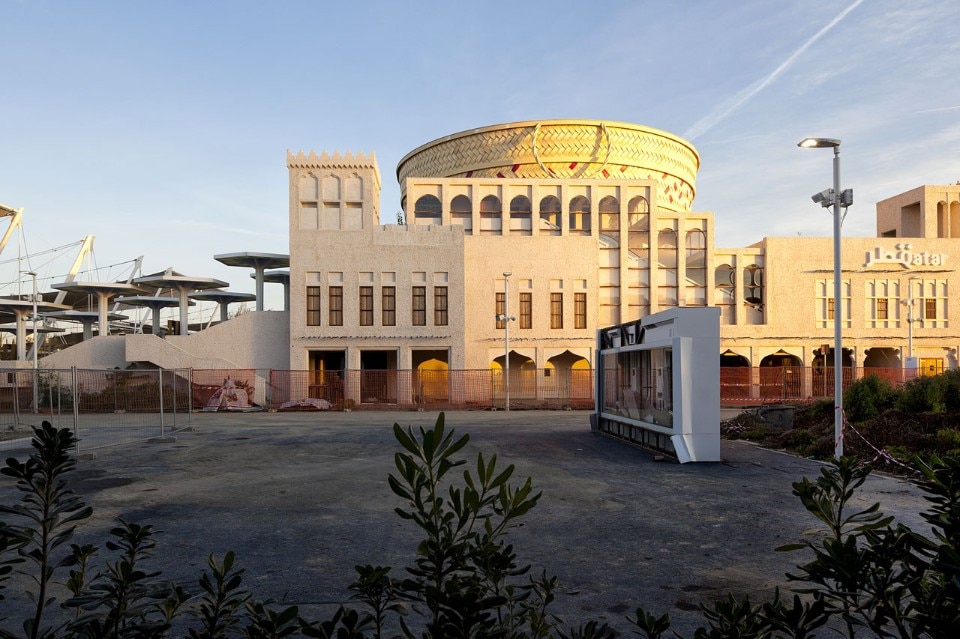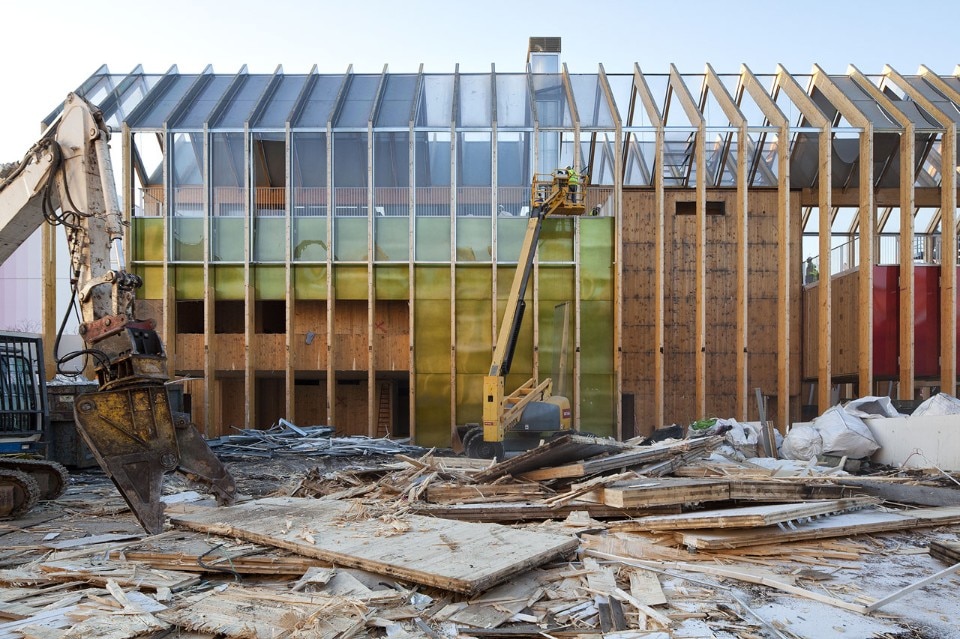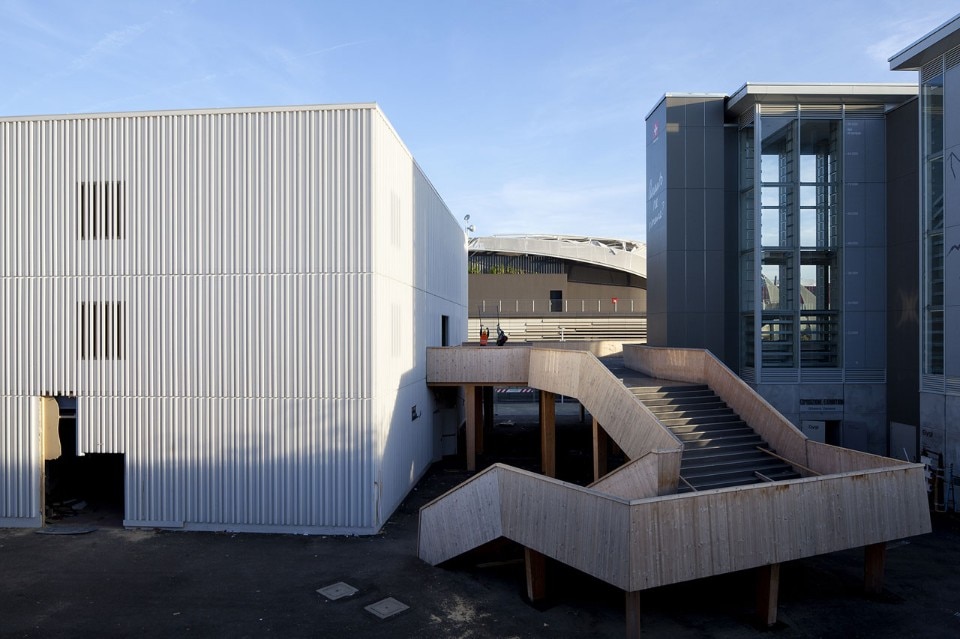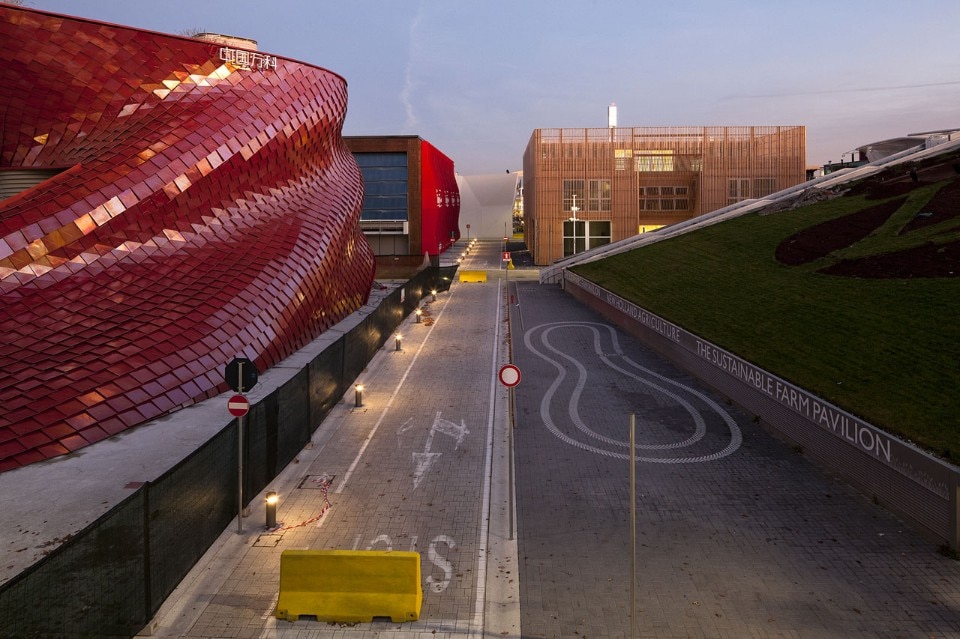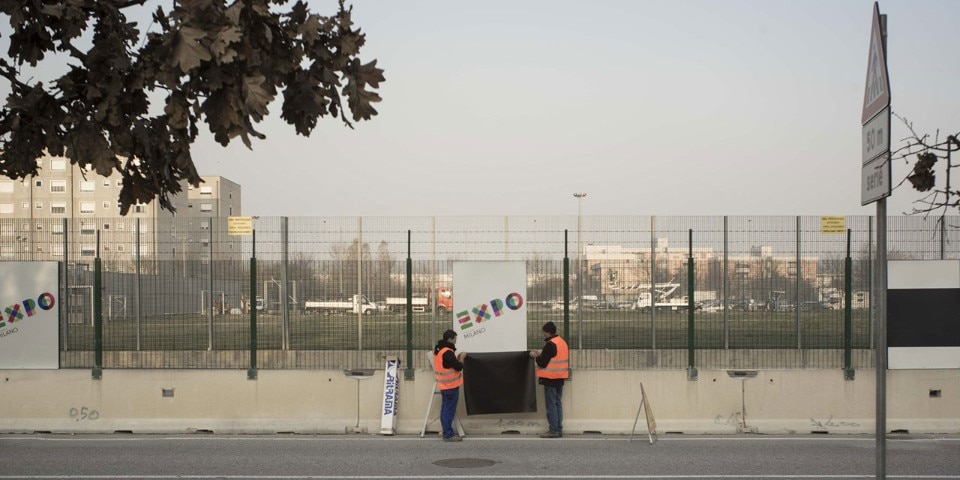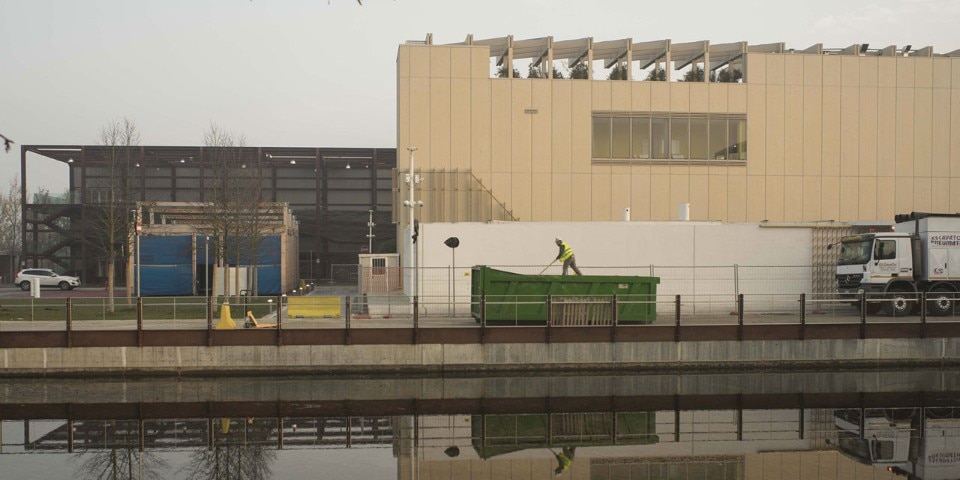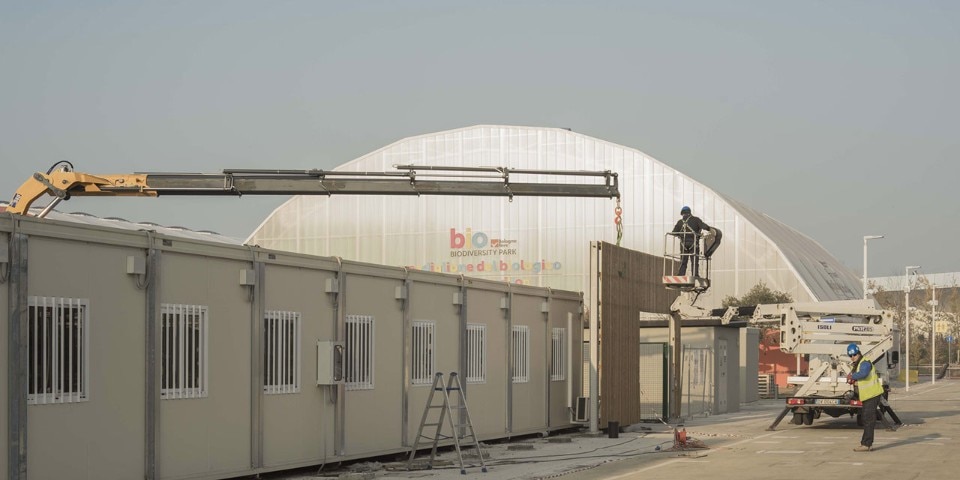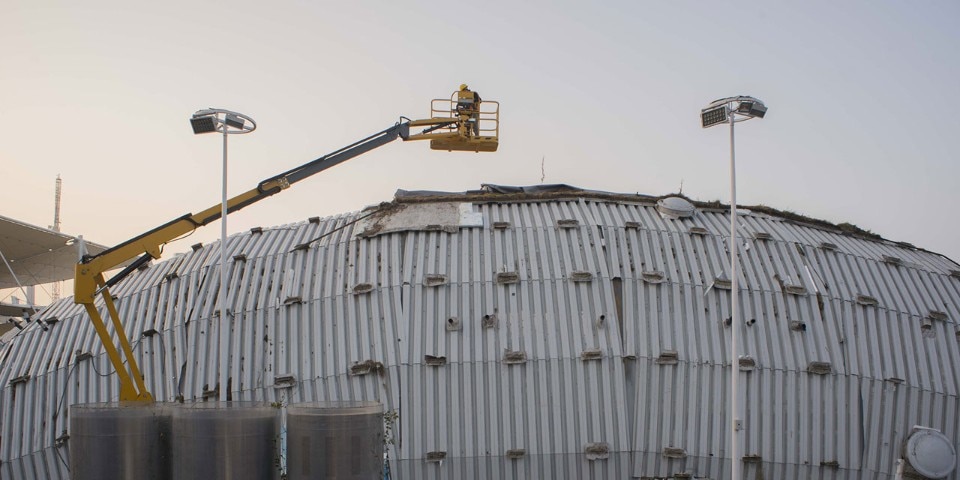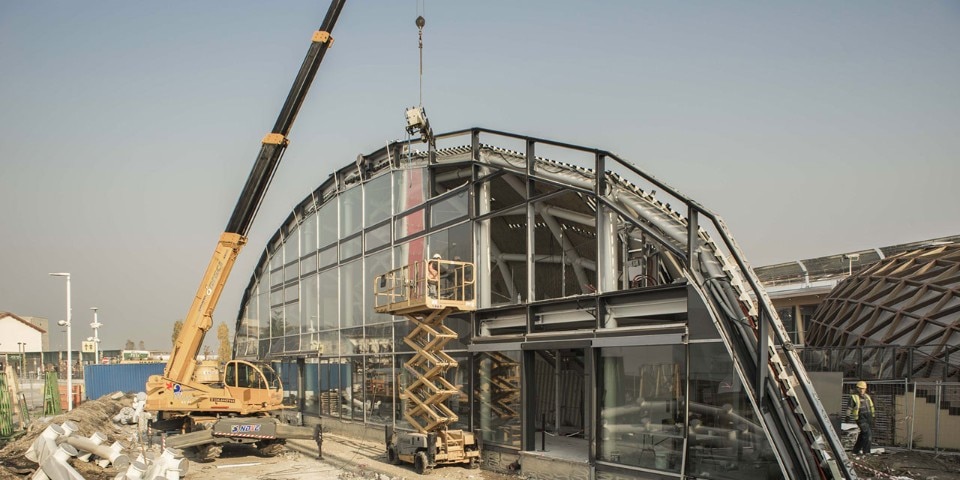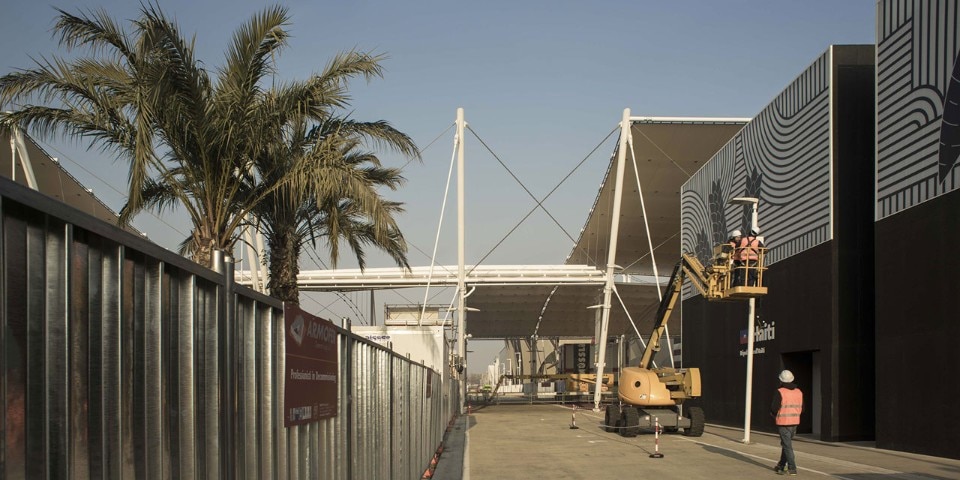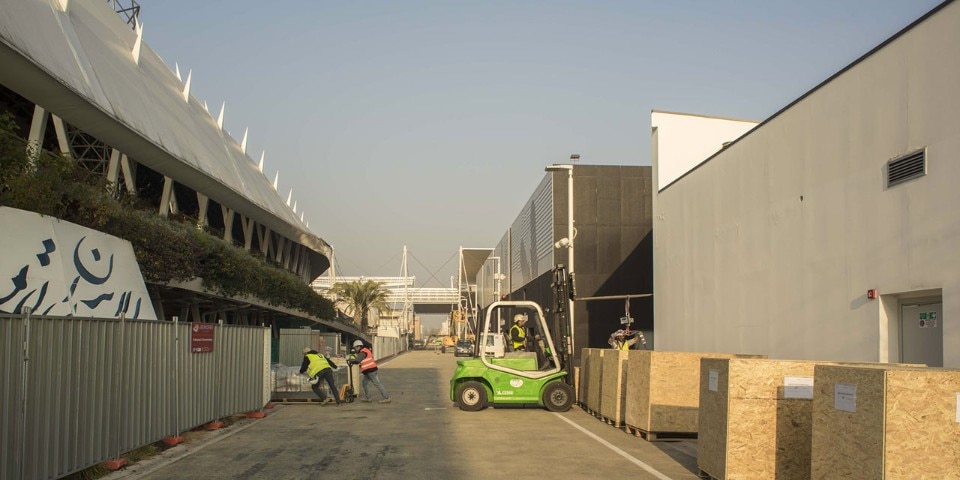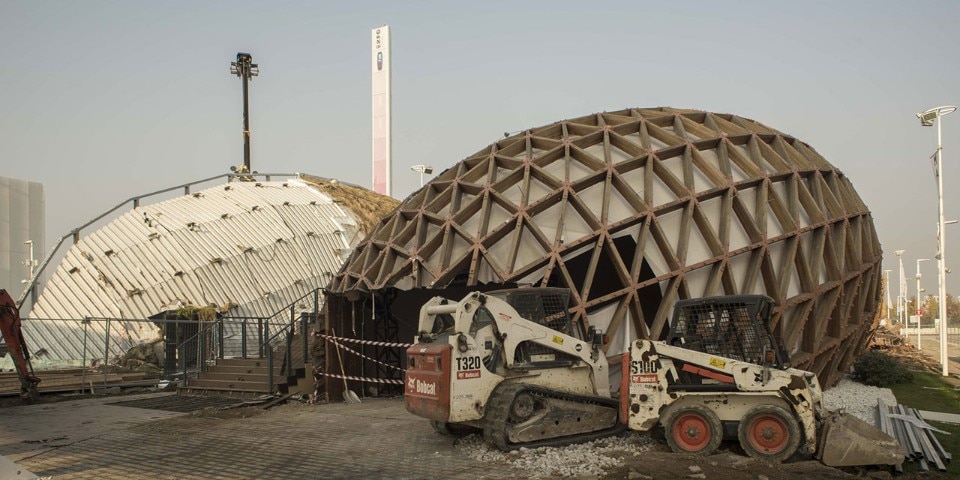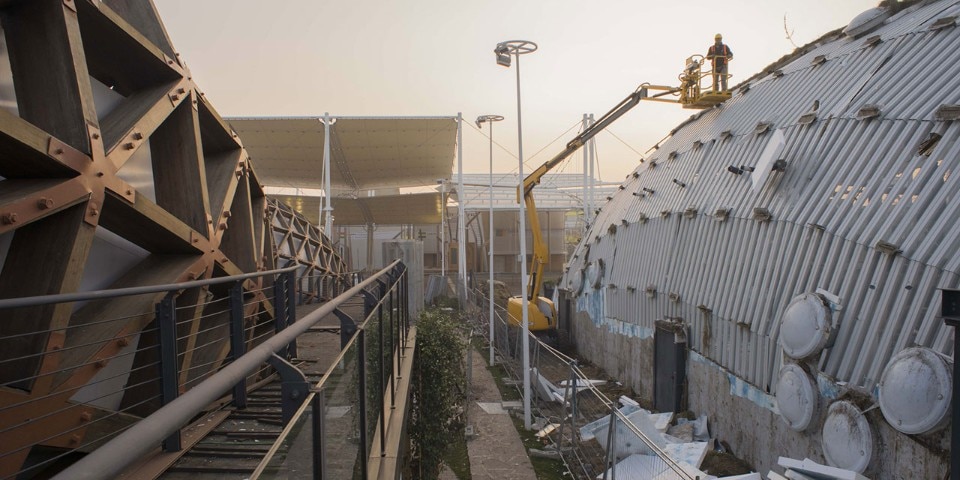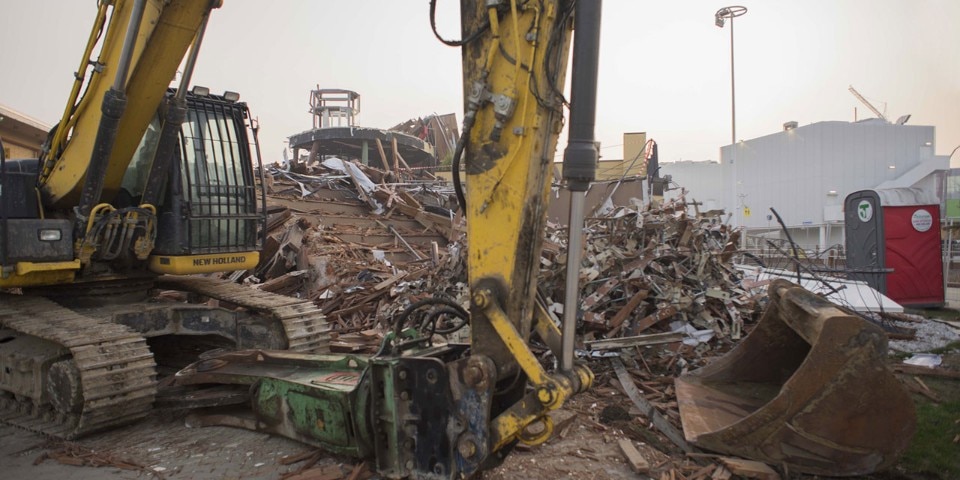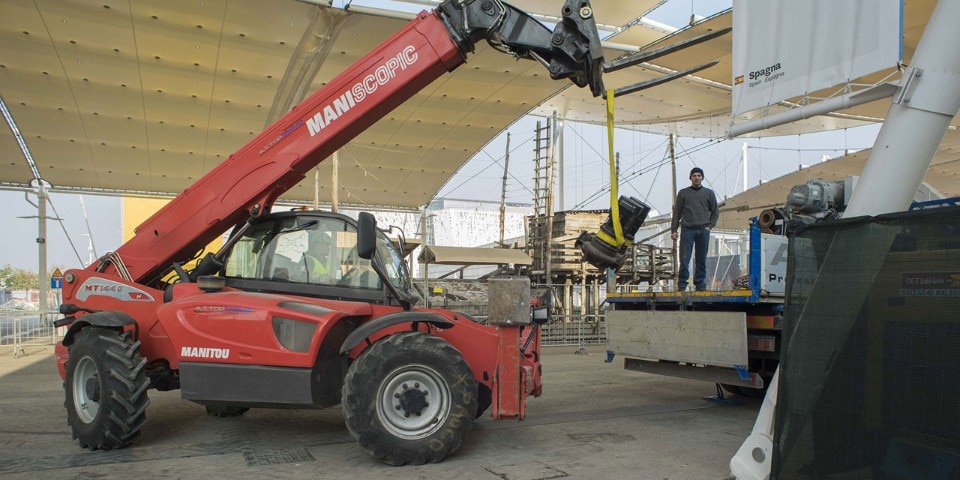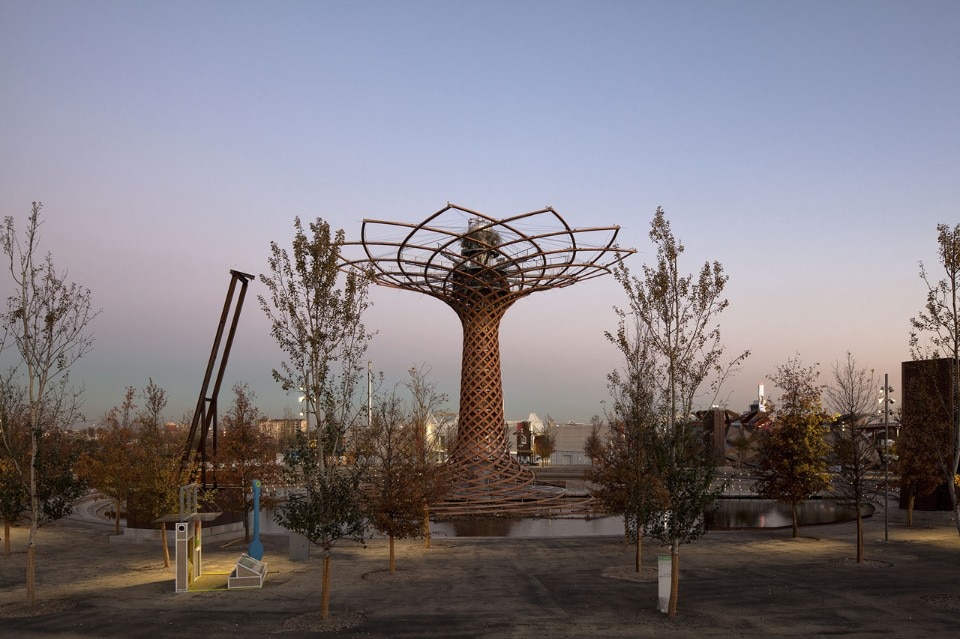
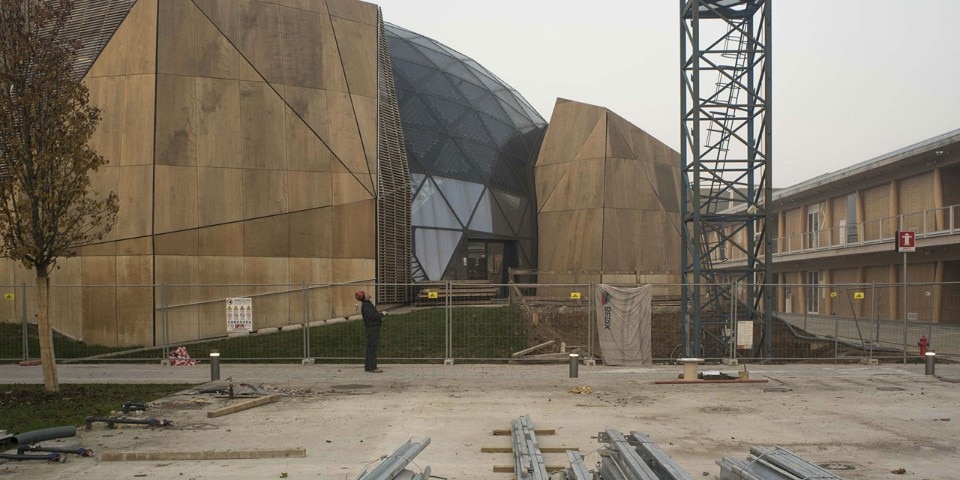

 View gallery
View gallery
The work of the man who dominates and drives the machinery and the yard dust raised by the workers deposit on the images as photographic grain. The spaces become much larger. Man is almost lost in these expanded environments yet, at the same time, his presence helps to convey the idea of the superb size architecture that is being built. Spaces are much larger. They are very high, almost a vertigo, the three images at the top. And men dots, industrious ants. The composition, even in the freehand execution, without delays that the use of the tripod would certainly involve, retains considerable rigor in the counterpoint of solids and voids, a precise study of lines and vanishing points, an accurate order which distances itself decisively from the total chaos of the photographed reality. And the image of the man with cable by Marco Menghi brings me to mind the never enough praised Franco Pinna and his rider with the rearing horse of Orgosolo, Barbagia 1967. And in this whirl of men and things Menghi also manages to capture tranquility. Those few seconds of pause stolen from the frenzy of the yard, the rest of an instant. Two styles, two glances, two different but not contrasting intentions, those of Matteo Cirenei and Marco Menghi. There is no generation gap between the two, even if they were born with twenty year difference: common interests dissolve it.
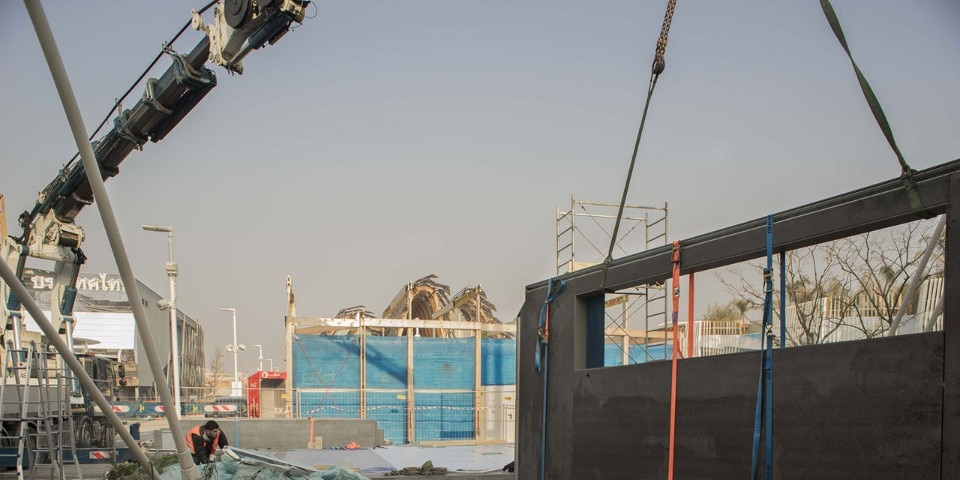
 View gallery
View gallery
Both passionate about films and analog machines, with which they continue to work and do research, they have a real passion for printing, meant as ultimate goal of a long process that begins with the mental preparation of the shot, the pre-vision of the photography. Namely, the idea must be created, must be transformed into matter, in print. And so it has been for this project: Cirenei and Menghi in person printed the photos of The stately side of Expo (except for the largest ones). They are now at work with the second part of the work: the disposal of the yards. The exchange of ideas, knowledge and experience continues in a mutual enrichment. It’s a story to be carried on (and possibly to be imitated). Let’s wait and see what they will be able to show us, again.


